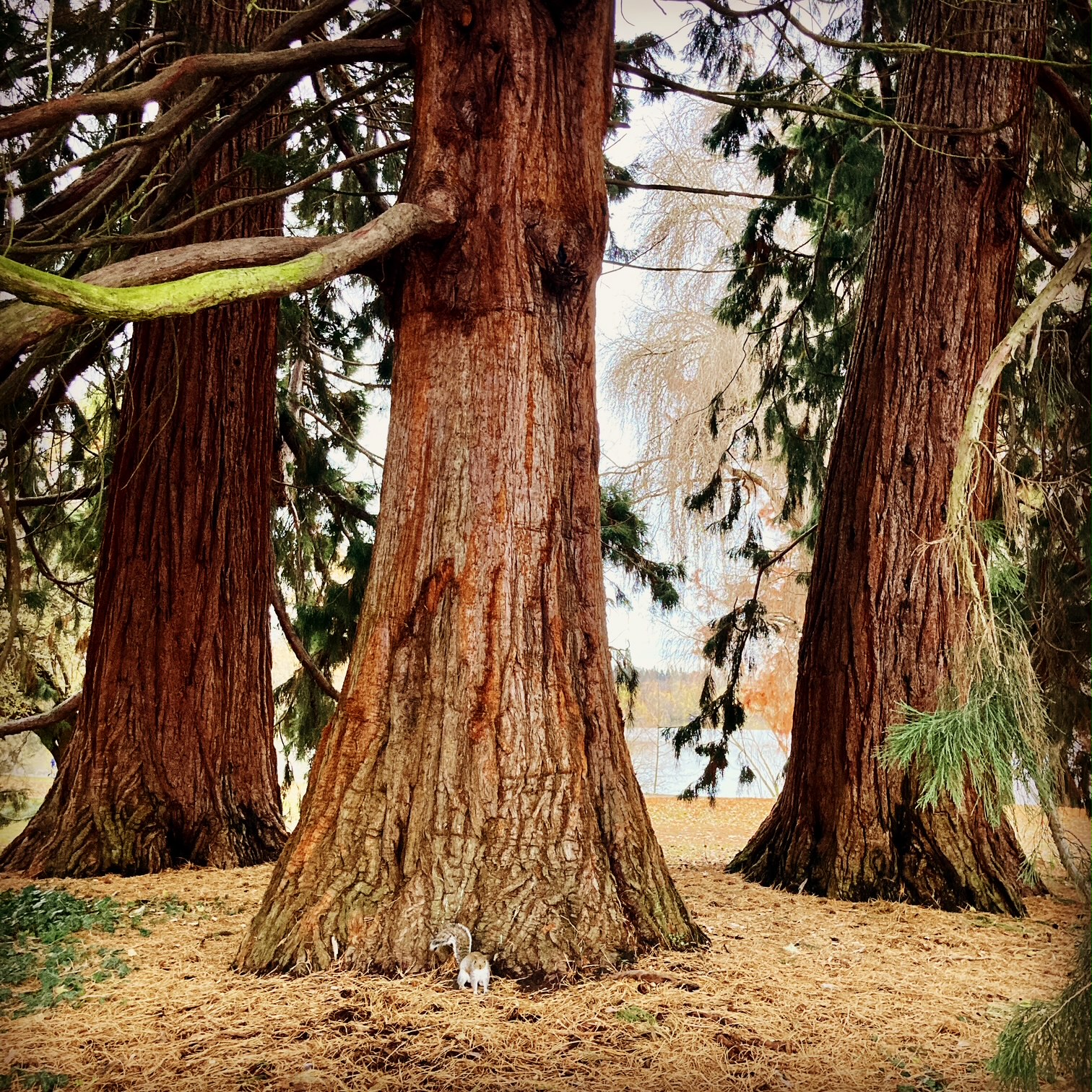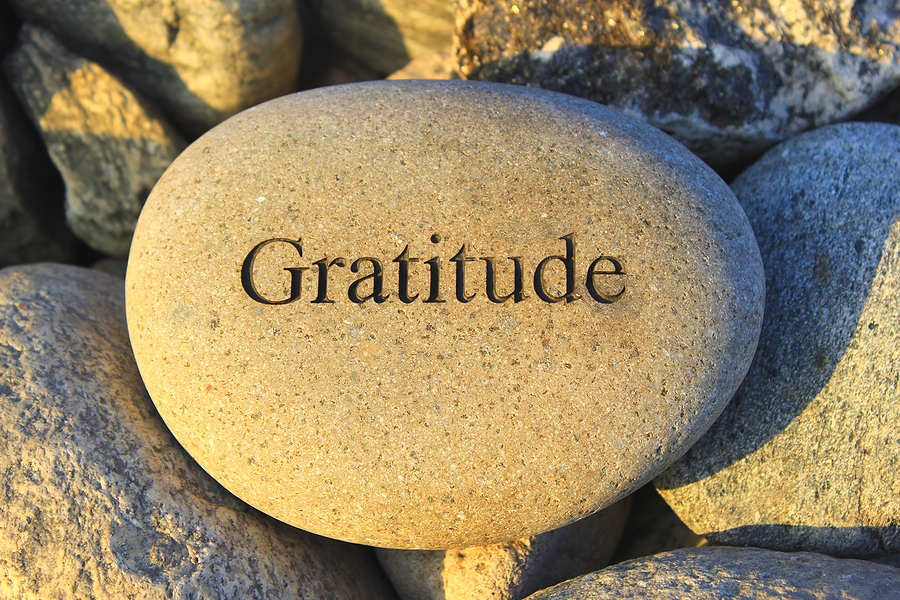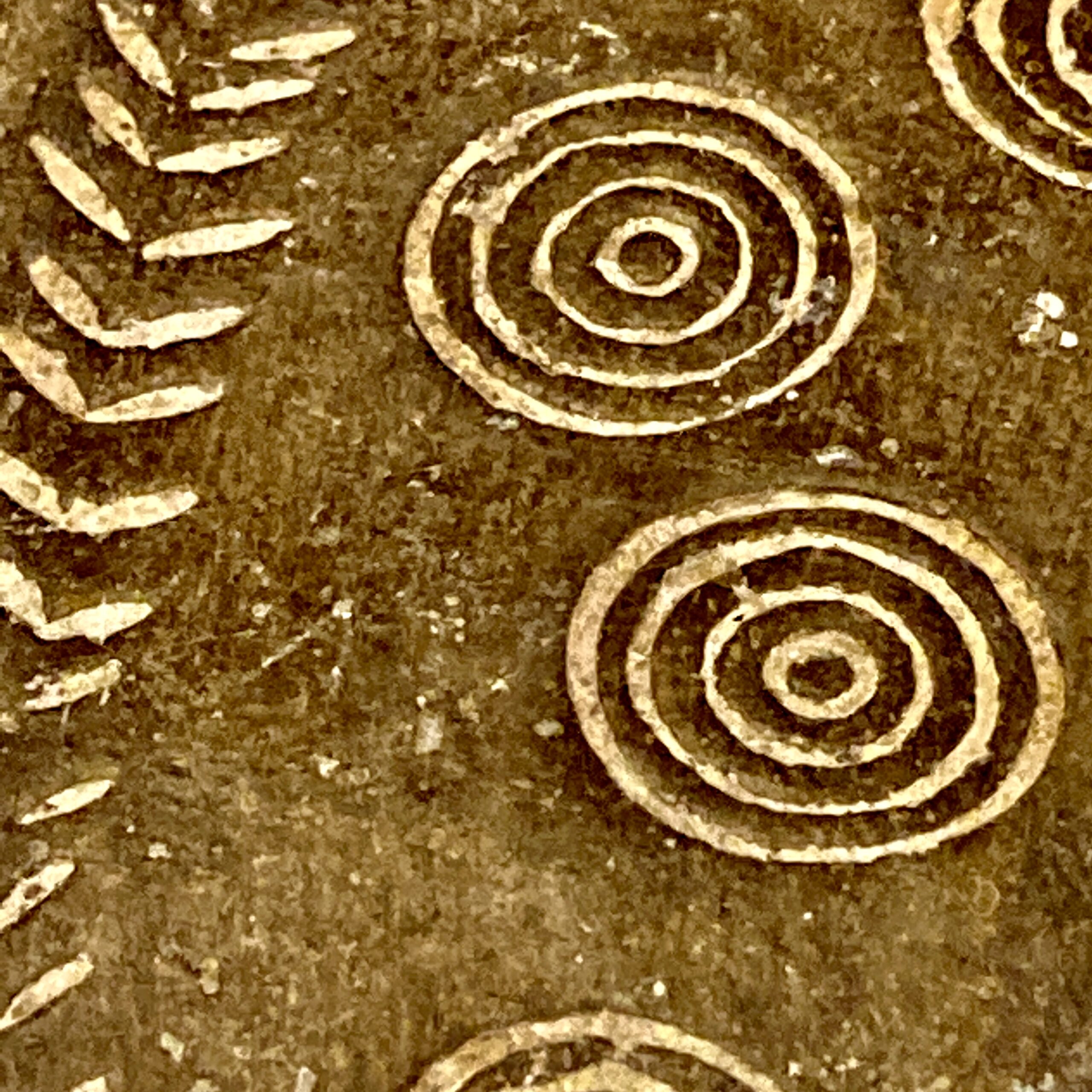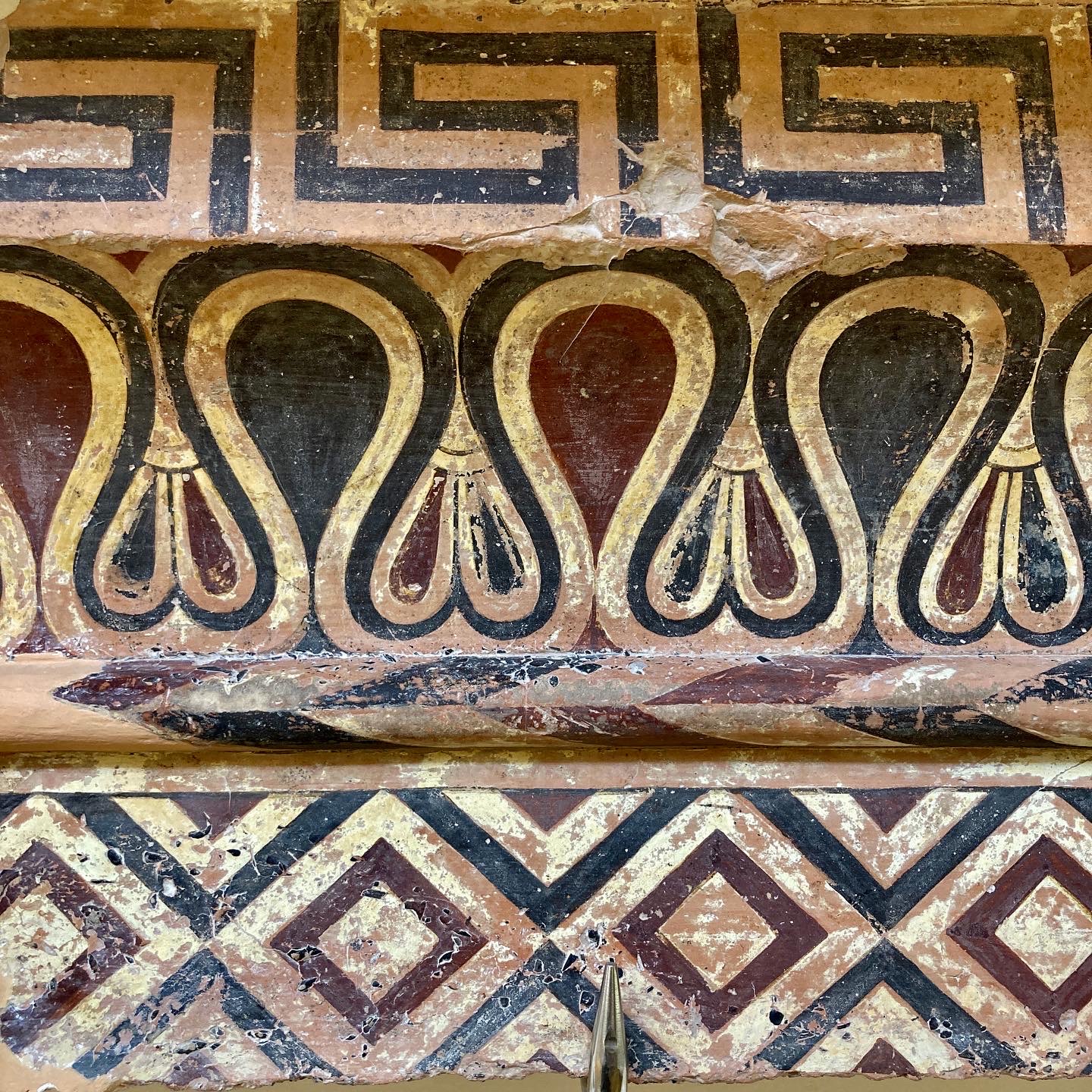Written yesterday:
Yesterday we went to the Spice Plantation. Our guide was so informative. We walked around and he showed us the various spice plants. He taught us remedies and recipes to make the most of the spice’s healing properties. He also identified birds, which were flying overhead, hanging out in the trees, and singing boisterously. At one point, an elephant strolled by. The elephant was a working elephant and was giving tourists a ride. Our guide explained that Kerala elephants have working rights. Only female elephants can be employed for tourism and their work hours are limited. In the past, the elephants were used for logging. Today no hard labor is allowed at all.
Below is what our knowledgeable guide taught us during the spice plantation tour:
PEPPER grows on a vine and is native to Kerala. The vine can grow up any tree. The tiny clusters of pepper corns are green. I learned that red, black, white, and green pepper corns are all from the same vine. If you leave them on the vine long enough, they turn red and various shades. White pepper has the skin removed and tastes very mild. Most of the spiciness of the pepper corn is in the skin.

One of the most interesting aspects of the pepper plant is that the pollinating agent is rain drops! Vasco da Gama brought the pepper plant back to Portugal with him and became a rich man! In his day, pepper was knows as Black Gold!
Cold and Sore Throat Remedy: Place 5-6 pepper corns, dry ginger, and basil leaves in a pot of water. Boil. Strain and add powdered coffee.
GINGER is related to cardamom and turmeric. All three are indigenous to Kerala. The Spice Plantation can easily be organic because, in general, insects do not eat spice plants. The only problem the plantation experiences is with the monkeys. Monkeys like to eat cardamom because it is sweet. They do not eat ginger or turmeric.
NUTMEG grows up high on trees. However, there is no need to climb trees to get the nuts because when they are mature, the nuts fall to the ground. The skin of the nut is red, is called mace, and is used in cooking in India. Nutmeg is the actual nut free of the red skin (mace). Many parts of the nut and tree are used. The shell of the nutmeg is pickled and the leaf is boiled in water and is used to reduce cholesterol.


In order to grow nutmeg, both male and female plants are needed. Males can live within 3 miles of the female tree and pollination still occurs! The pollinating agent is wind.
Sleeping Remedy: 1 or 2 pinches nutmeg powder with milk. You are advised not to drink this more than 2x per week because too much nutmeg hurts memory power.
Reduce Cholesterol: Boil the leaf of nutmeg in water and drink as a tea. The leaf does not affect memory so you can drink as much of this tea as you like.
CLOVES grow on a tree. Our guide warned us that when you buy cloves, they should be brown and not black. Black indicates that they are dried out and have lost their oils. Clove should be oily. Clove is good for toothaches, but can damage enamel. Clove helps rid the smell of mildew. It has a shelf life of 6-7 years if stored properly. Clove powder only has a shelf life of 6 months.
Protect yourself from mosquitoes: Stick three cloves into a lemon or lime sliced in two and place as many of these clove studded lemons in your room or near your body to chase away mosquitoes.
CINNAMON tree has to be 15 years old before its bark can be peeled. After peeling the bark, it takes the cinnamon tree six months for its bark to grow back. The dried leaves of the cinnamon tree are used in biryani rice.
And yes, the tree smells like cinnamon!
cinnamon tree and bark:

Cinnamon helps reduce high blood pressure and, when used in the winter, it helps keep you warm.
Below is a recipe/ way to use cinnamon to reduce fat. More than once, we asked our guide to repeat the recipe below…just to make sure we got it right.
Reduce Fat: Add half teaspoon cinnamon and half teaspoon ginger powder to one tablespoon of honey. That’s it. Don’t dilute it. Eat this every morning before breakfast for one month and, according to our spice specialist guide, you will see results in one month.
TURMERIC We also saw turmeric bulbs. The guide called them bulbs, but they looked like tubers to me. It is great for killing bacteria, for memory power, and in Ayurveda medicine, it is used medicinally to treat skin cancer.
Turmeric powder mixed with sandalwood and water, made into a paste and applied to the face is great for skin brightening and evening out irregular skin pigmentation and spots. This mixture also helps clear pimples and blackheads. In both cases, apply it as a facial masque, let it dry, the wash it off.
Fresh turmeric is used medicinally and dried is used as a food and spice. We learned that ginger is the complete opposite Fresh ginger is used for food and spice while dried ginger is used medicinally.
Seeing our great interest in weight loss remedies, our guide gave us the following additional ideas:
- one or two pieces of 70% dark chocolate eaten daily every morning will help you lose weight ( of course we saw the cacao plant on the plantation).
- Take a cup of warm water and add black pepper powder plus a few drops of lime or lemon juice. This is great for burning fat.
- Take 2 or 3 tablespoons of cumin seeds and soak overnight. In the morning, discard the water and eat the soaked seeds. Do this daily for 20 days and you will see results.
We also saw allspice ( it comes from a leaf of the allspice tree), henna leaves used for hand design patterns here in India and hair color. Henna is always red in color though the leaves are green. We saw Indian borage, coffee plants, papaya (great for digestion) and banana trees, pineapple plants and jackfruit trees with their enormous fruit.
The list goes on and on. The variety of spice and fruit grown on the plantation was overwhelming.
The most expensive spice in the world is SAFFRON.
Number Two is VANILLA, the fragrant flower of a vine. Vanilla is native to Madagascar and grows beautifully in Kerala. Its pollinator is the hummingbird.
The world’s third most expensive spice is Kerala’s indigenous CARDAMOM. It needs high altitude and is pollinated by bees. Cardamom is used medicinally for diabetes and it reduces high blood pressure and lowers cholesterol.

FRAN GALLO | YOGA INSTRUCTOR
SEATTLE | OCEAN SHORES
www.frangallo.com







Wowser Fran … I need to get my notebook out and take notes on all this medicinal/helpful information!
I am LOVING your blogs on your South India trip … it is enlightening (and comforting to me) to see this amazing country through your lense.